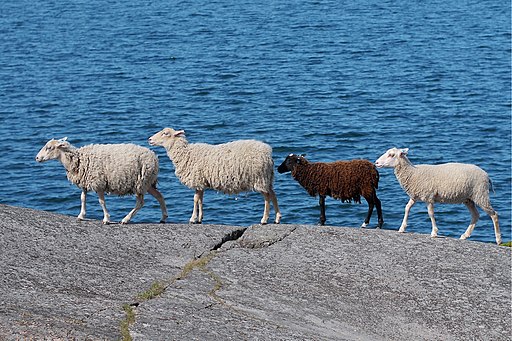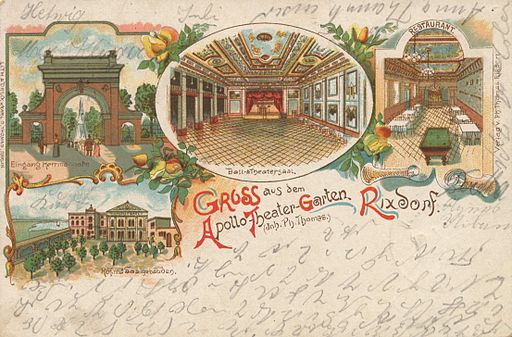Zeit für mich, einige seit langem angefangene Gedankenansätze zusammenzubringen und die vorläufige Trollmatrix aufzuzeichnen. Nicht jeder Troll ist dasselbe, aber sie lassen sich klassifizieren.
Meine Grundthese dabei ist, dass jeder Troll ungeschriebene Grundregeln der aktuellen Kommunikation bricht. Sprich: der Troll sagt nicht das, was sein Gegenüber gerade legitimerweise erwarten kann, sondern geht darüber hinaus. Einfaches Beispiel: Wenn ich frage, ob Du nachher mit ins Cafe kommst und Du sagst "Penis, Du Arschloich", fällt die Antwort aus dem Rahmen. Komplexes Beispiel: Wenn ich zu einer Internetkonferenz eingeladen werde und dort einen Vortrag über Leinenangeln (englisch: "Trolling"), ist auch das eher unerwartet. Trotzdem ist beides natürlich verschiedenes Verhalten.
Um wenigstens etwas Übersicht in das Ganze zu bekommen, schlage ich zwei Dimensionen vor. Einmal "Intention" und "Anschlussfähigkeit."
Intention ist einfach: Wenn Du sagst "Penis. Du Arschloch", weil Du an Tourette leidest, ist das eine andere kommnukative Situation als wenn Du beleidigen willst. Gleiches gilt, wenn ich den Angelvortrag halte, weil ich aus seltsamen Grünen fälschlicherweise denke, ich bin auf einer Angelkonferenz als im Bewusstsein auf einer Internetkonferenz zu stehen.
Anschlussfähigkeit ist schwieriger zu bestimmen. Grob vereinfacht bezeichnet es in diesem Kontext die Fähigkeit auf die Trollkommunikation zu reagieren. Dabei können die Kommunikationsmöglichkeiten start eingeschränkt werden (Auf "Du Arschloch" kann man nur beschränkt antworten, auf eine wiederhlte Beleidigung wird es noch weniger) oder aber erweitert (die Reaktionsmöglichkeiten auf den Angelvortag sind Vielgestalt). Die Diskussion wird durch das Trollen stark in eine Richtung gezwungen oder geöffnet und kann einen bis dato für alle Beteiligten unerwarteten Spin bekommen.
Aufgezeichnet sieht das so aus:
Hater werden leider mittlerweile meistens als Trolle bezeichnet. Sie wissen was sie wollen und wollen eine Diskussion entweder ganz beenden, indem sie alle anderen vertreiben oder sie stark in eine Richtung lenken. Hierunter fallen die bekannten Fälle von massiven persönlichen Angriffen (siehe zB Gamergate), der Versuch mit unlauteren Mitteln persönliche oder politische Agenden zu pushen oder auch einfache Sachen wie Vandalismus und Penis-Spam. Sinnvoller Umgang hiermit ist zumindest theoretisch einfach: Hater sind zerstörerisch für Kommunikation und wissen das: löschen und sperren.
Rechthaber wirken oft wie Hater, aber sie wissen nicht was sie tun. Oftmals trifft man hier Menschen mit starken inhaltlichen Überzeugungen und nur eingeschränkt tauglichem Sozialverhalten. Oft fühlen sie sich un- und missverstanden. Die erhöhen die symbolische Lautstärke, auch wenn sie damit nicht besser verstanden werden, sondern andere Verschrecken. Rechthaber wirken zerstörerisch auf Kommunikation, entfalten diese Wirkung aber in bester Absicht. Bei Rechthabern hilft dann auch meistens Zuhören, verstehen und vielleicht der ein oder andere Hinweis, dass das Kommunikationsverhalten gerade ungeschickt ist. Sie wollen ja diskutieren, brauchen nur etwas Hilfestellung.
Trolle i.e.S. möchten mal einfach Spaß haben und mal auch einfach Leute aus ihrer Behäbigkeit reißen. Deren Verhalten ist am Vielfältigsten und unberechenbarsten. Kann positiv wirken, auf die Dauer aber auch sehr anstrengend sein. Zumal wenn der Troll nicht so originell ist wie er denkt zu sein. Die Reaktion hier ist ebenso wie das Trollverhalten hochgradig variabel, situations- und kontextabhängig.
Kind ist hier auch im übertragenen Sinne gemeint. Jemand sagt etwas, was nach gängigen Maßstäben für Erwachsene ungewöhnlch ist/nicht geht, und die Betroffenen freuen sich in dem Kontext. Handlung ist hier eigentlich gar nicht nötig. Das Verhalten tritt nur manchmal auf und ist diskussionsanregend. Was will man mehr?






































